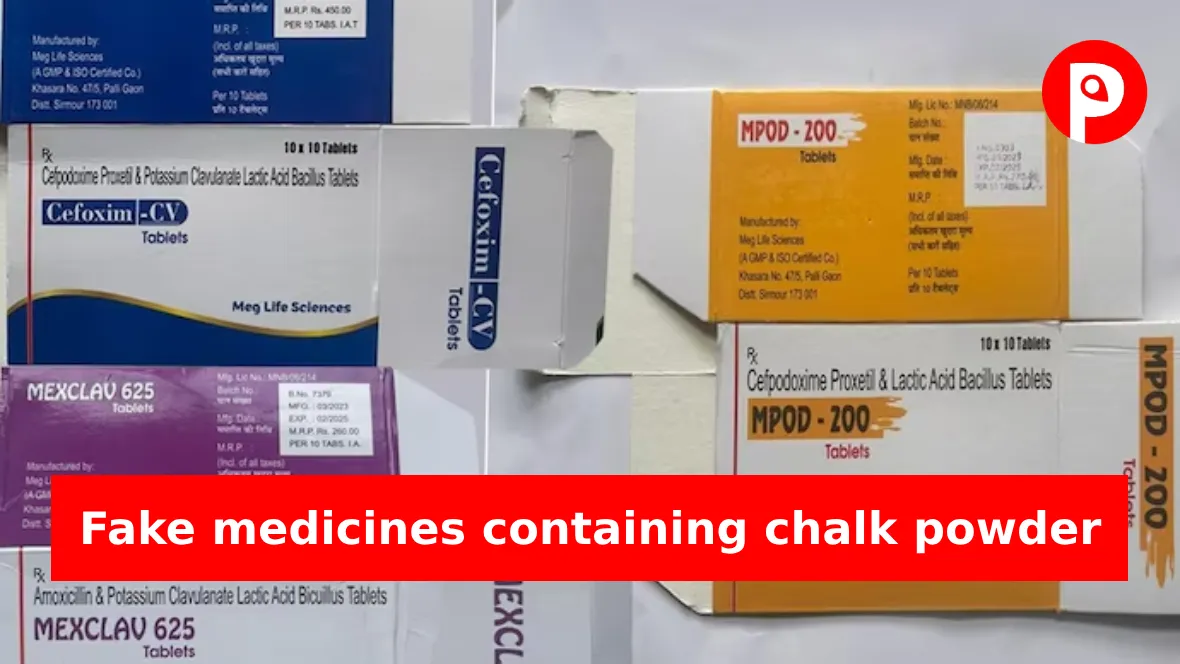Source: News18
The central government will maintain the record of not only drug makers but also pharmacies from where spurious samples are picked up. Each drug controlling office will prepare a list every month of wholesale or retail outlets with the name of a registered pharmacist and owner where spurious products are reported
As the country’s apex health regulatory body intensifies its scrutiny of drug manufacturing practices throughout India, it has rolled out fresh guidelines for sampling drugs, cosmetics, and medical devices.
In a circular dated February 9, the Central Drugs Standard Control Organisation (CDSCO) has instructed drug inspectors across India to follow the new guidelines for sample collection to maintain a “centralized database of Not of Standard Quality (NSQ)/spurious drugs” for public disclosure.
Going ahead, the regulator plans to keep regular vigil over outlets and companies that will report problems in sampling results or report more unsafe drugs.
The 26-page document, accessed by News18, attached with a circular written by the Drug Controller General of India (DCGI) – head of CDSCO – observed that the process of sample collection is mostly focussed on well-known brands located in urban India.

Celebrating February as
Pharma Formulations Month
Promotions, Branding, & Marketing opportunities
“It was often seen that sampled drugs are from big brands and collected from urban locations or suburban locations only. The interior locations or rural distributions are not covered and thereby the quality of drugs at distant user/ last user was not being assessed.”
It also said that presently there are no well-defined guidelines for sampling. “From the past trends, it is observed that there is no defined methodology for sample selection and location of sampling and was done randomly with the individual knowledge of drug inspectors.”
NEW SAMPLING STRATEGY
According to the document, each drug inspector will prepare a sampling plan every month and on an annual basis for finalizing the sampling locations to cover the entire area under their office.
“This will avoid the communication gap between the officers and optimum utilization of resources to cover the maximum territory and all kinds of product categories with identified risks and approached under this guidance document (sic).”
It adds that the sampling plan will include rural or tribal areas drugs used in areas of endemic for certain diseases and drugs for seasonal diseases.
“The annual sampling plan shall be shared with the headquarters of their offices for review to avoid any repetitive sampling of one brand and to cover a maximum variety of brands/categories in the proposed sampling schedule.”











